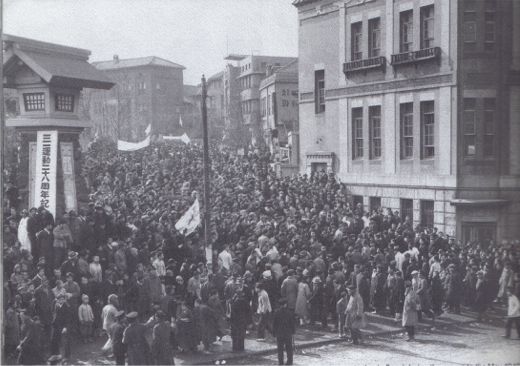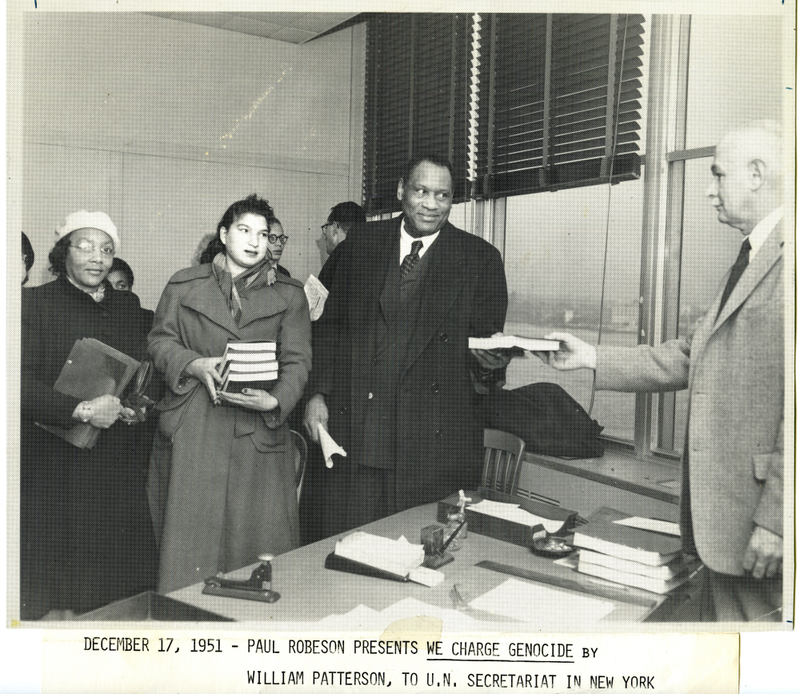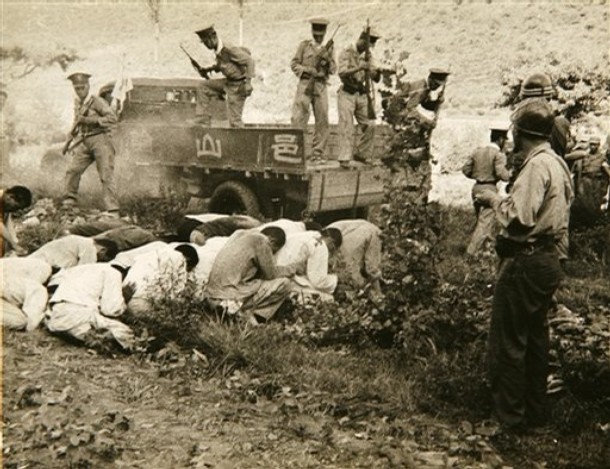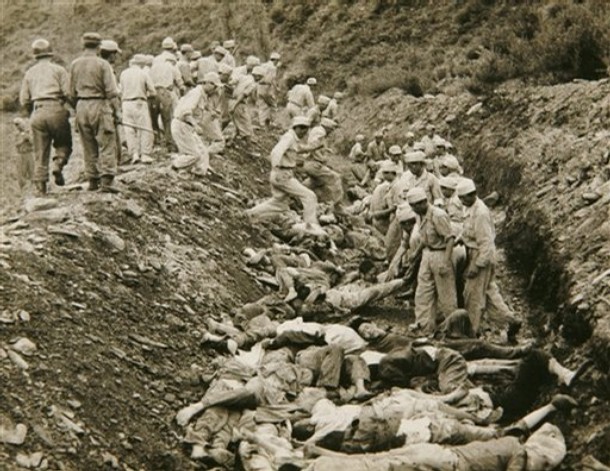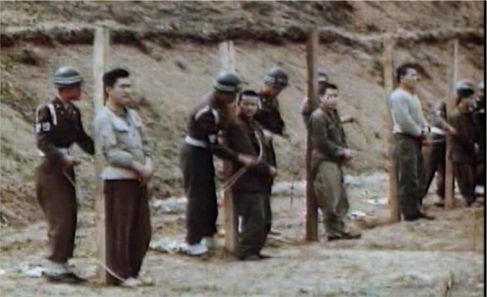| Korea
Seoul Rejects Historical Probing of The Massacres That Occured During the Korean War According to estimates by South Korea's Truth Commission, up to 100,000 unarmed South Korean civilians became victims of massacres committed during the Korean War (1950-1953) by the South Korean armed forces and police. Most of the estimated 1,222 massacres took place during the first few months of the war. The victims were branded as communists and were shot on the spot. Until the 1980s, their surviving relatives were subject to discrimination. They had difficulties to find any but the most lowly, dirty and dangerous jobs, which explains why most get only meagre pensions in old age, as Chris Neidhart of the Munich-based daily Sueddeutsche Zeitung points out.(1) The repression that struck those suspected of leftist sympathies or of membership in left-wing trade unions, farmers' unions and other organizations in South Korea in 1950 was apparently much more terrible than the massacres committed by the KMT army, secret police and constablery in Taiwan on Feb. 28, 1947 and in the days that followed, when "only" about 30,000 Taiwanese were murdered under the eyes of American soldiers and American embassy personnel. (The Studebaker trucks supplied by the US army were very useful when rice flour bags containing the bodies of executed citizens were transported to the coast and dumped into the sea.) The wave of repression that struck suspects in South Korea since the outbreak of the civil war in 1950 had been preceded by many uprisings and by bloody repression in the South during 1948-1949.
The most notable uprising was the revolt on Jeju (Cheju) Island that broke out on Apr.3, 1948. Unable or unwilling to identify the cause of insurrection - the fact that right-wing collaborators of the Japanese fascist colonial regime had been put in charge in Seoul by the American occupation and that this anti-democratic regime relied on ruthless methods, the Americans declared Jeju a "red island" and ordered the extreme right-wing Northwest Youth corps and the regime's national police (and later also the South Korean army) to brutally suppress the protests of the islanders. Many villages on the island were destroyed. Up to 30,000 islanders were murdered.
Another 40,000 or so escaped to Japan, while the most courageous islanders resisted till 1954. The Americans later called the complete destruction of Jungsangan village - which is remembered still as the biggest tragedy, because of the many victims there - a "successful operation."
The Jeju uprising and its bloody repression triggered more uprisings on the South Korean mainland in 1948-49, which convinced the North that the people in the South desired liberation, and that civil war against landlords and Japanese collaborators was no less justified in Korea than it had been in China. When the North Korean army crossed the 38th parallel in order to help the South and defeat the right-wing regime, almost all the known South Korean leftists, who had been forced to join Nazi style "labor service" (arbeitsdienst) units in 1948-49, were ordered to report. They were forced to dig their own graves and were executed.
During the war, more massacres occured. The US occupation forces had issued stay-put orders to the civilian population of South Korea which sought to flee combat zones, however, as the front approached. Because US generals thought that it was impossible to differentiate between fleeing South Korean civilians and Leftists in civilian clothes infiltrating the territory still held by the American occupation regime, all Koreans became targets. Korean civilians usual wore the customary traditional white clothes of the common people. They were easily spotted by reconnaissance planes. Trecks of refugees were strafed by US planes, and shot at by the infantry, driving up the number of those massacred. Death had many faces, however, starvation being not the least of the causes that decimated the population of the country to an extent that made Paul Robeson and others speak of genocide. The Truth Commission created in 2007 was also created for the purpose of looking into human rights violations committed by the right-wing military dictatorship put in place in 1961.(2) This dictatorship, propped up by the US, was only toppled in 1987 - the same year that Taiwan saw the lifting of martial law (though not the full abolition of the KMT dictatorship). Given that tensions between East and West decreased around 1987-1990, a connection between the move towards democracy in these two East Asian countries and the more general political situation in the world is likely. The old elite - represented by the Conservative GNP
- has tried repeatedly to obstruct the inquiry of the Truth Commission
that was meant to shed light on South Korea's bitter past in which many
key GNP figures were involved in a rather unpleasant way.
- Yongya H.
Go back to Art
in Society # 14, Contents
*
|
* |
